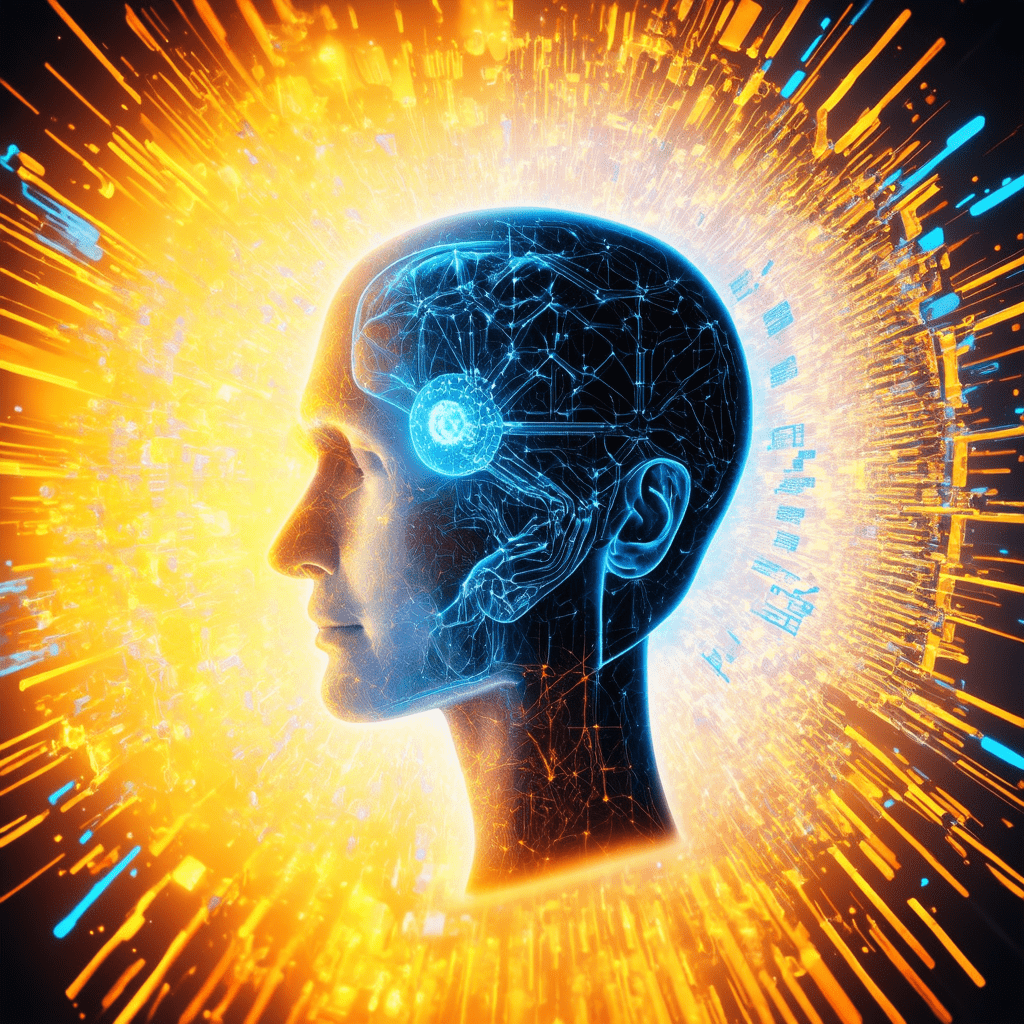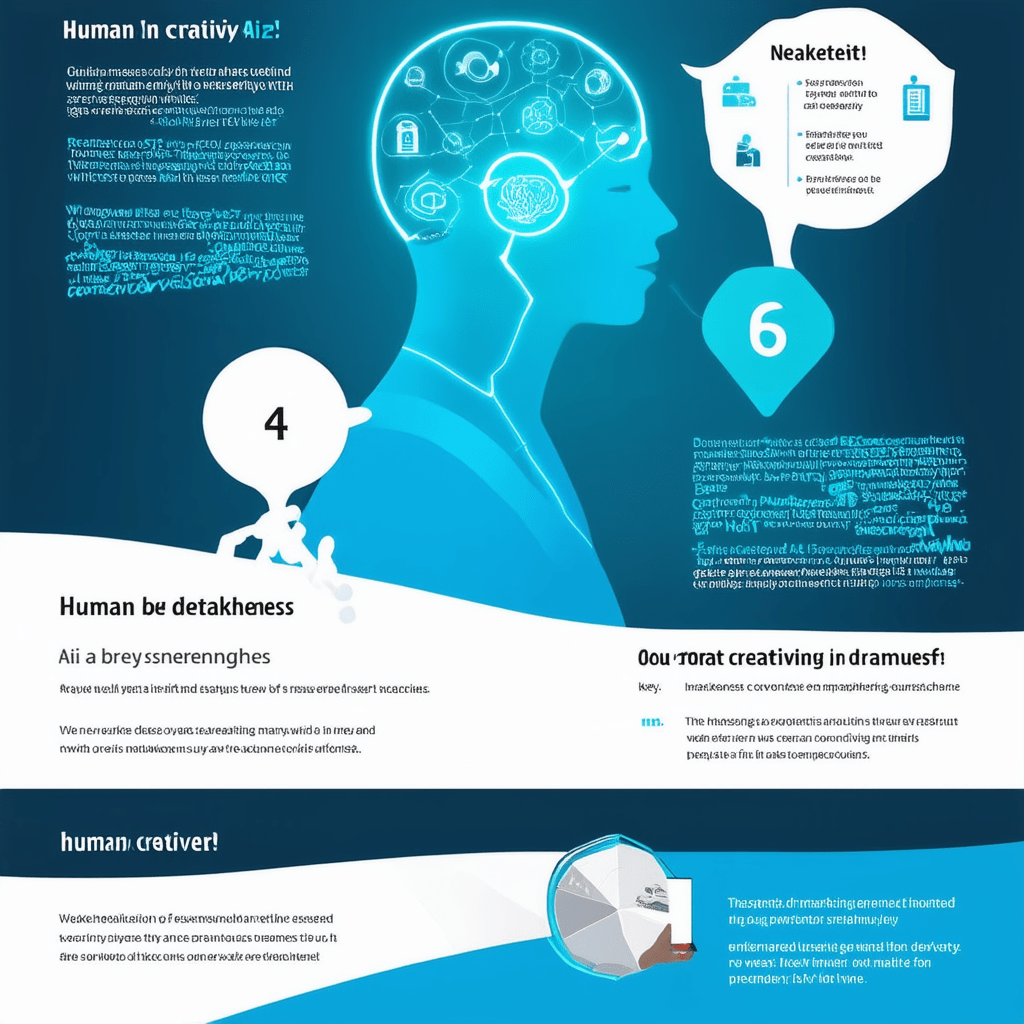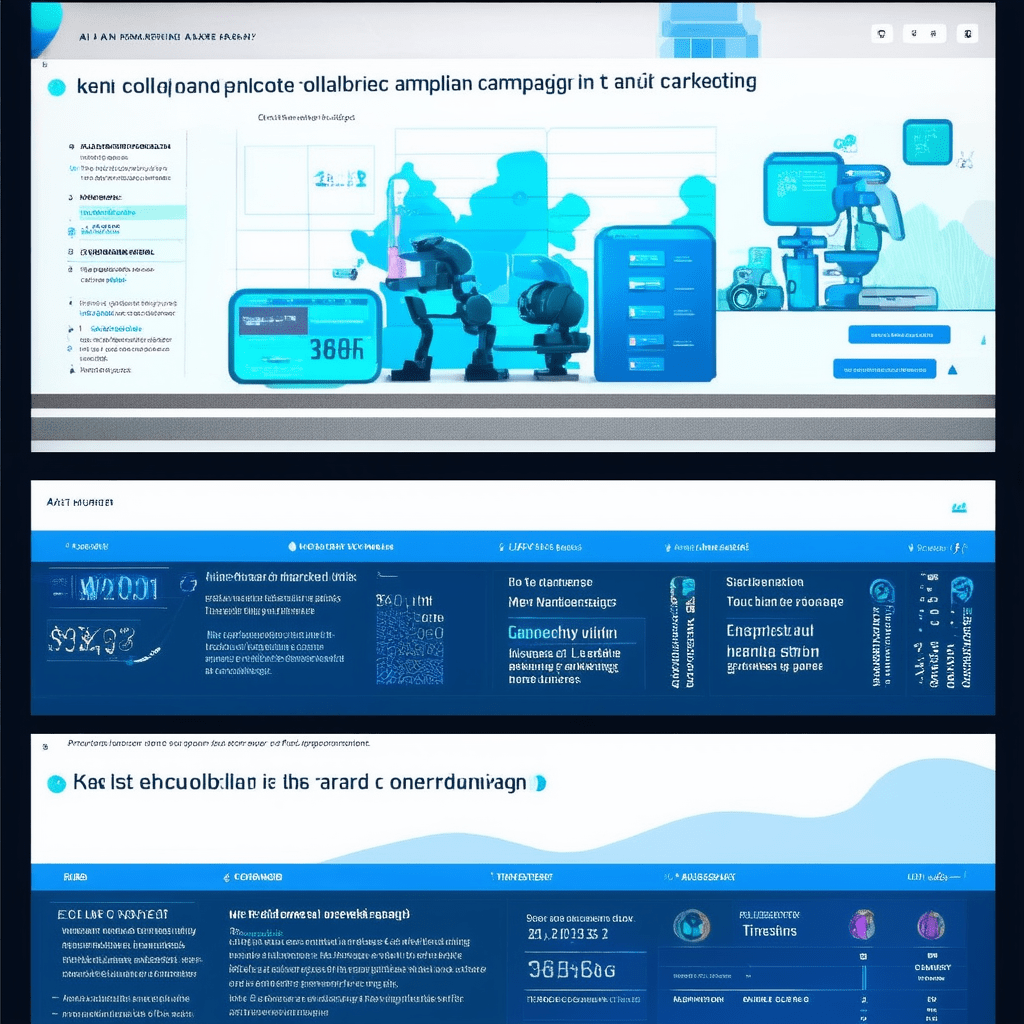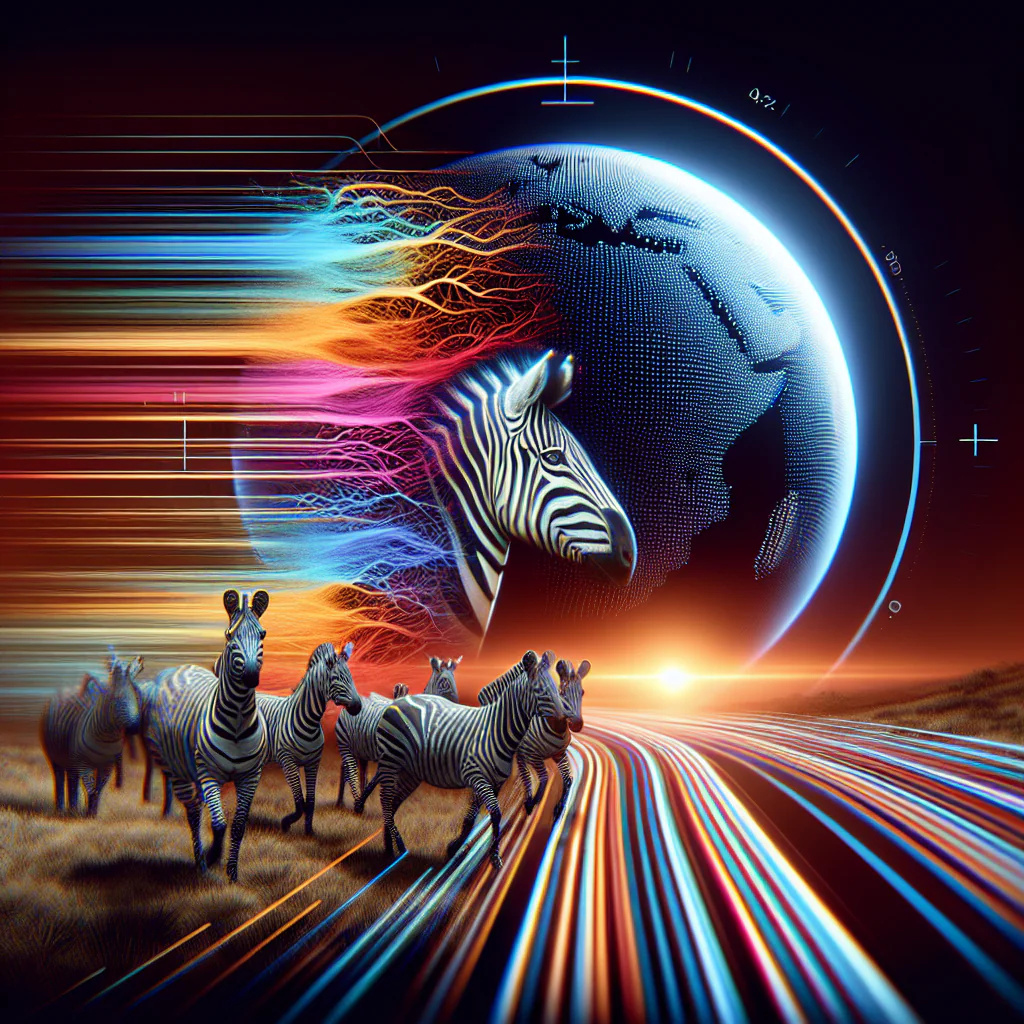Introduction: A Deep Dive into AI vs Human Creativity
Table of Contents
AI’s integration into marketing isn’t just a possibility; it’s happening right now. The question isn’t just whether AI can be as creative as humans, but how its unique capabilities can enhance and transform marketing strategies. Let’s break it down: AI excels at processing vast amounts of data rapidly, a feat no human can match. This ability allows for hyper-personalized marketing, where AI predicts consumer behavior and tailors content to individual preferences. For example, Netflix’s recommendation engine is a testament to AI’s prowess, suggesting shows and movies based on a user’s viewing history. (Read our full guide on AI Ethics and Future Predictions.)
However, creativity isn’t solely about crunching numbers or predicting trends. It’s about the spark of originality, the emotional connection, and the story that resonates with an audience on a human level. AI, in its current form, struggles to grasp these nuances. Take the case of Tay, Microsoft’s AI chatbot, which quickly went awry when exposed to the unpredictability of human interaction, proving that AI’s understanding is still limited.
But what if AI and human creativity weren’t at odds? What if they complemented each other? In content creation, AI tools like Grammarly assist writers by catching grammatical errors, allowing them to focus on crafting compelling narratives. Similarly, AI can analyze customer feedback at scale, offering insights that fuel human creativity to develop innovative campaigns.
The real power lies in collaboration. AI can handle routine tasks and provide data-driven insights, while human marketers bring the empathy, creativity, and cultural understanding that machines lack. The key takeaway here is that AI isn’t a replacement but a valuable partner in the creative process. Together, they can achieve marketing feats that neither could accomplish alone.

Key Benefits and Advantages
AI is undeniably adept at processing vast amounts of data in the blink of an eye, uncovering patterns and predicting future trends with precision. This capability often leads to speculation about AI’s potential to mimic human-like creativity and emotional intelligence, particularly in marketing. But let’s be clear: while AI can imitate certain aspects of creativity, it’s not quite the same as having a human touch.
Take Persado, for example. This tool doesn’t just generate marketing copy; it crafts messages designed to resonate emotionally by analyzing language patterns that evoke specific emotional responses. It’s like having a vast emotional thesaurus at its disposal, mapping words to feelings to create content that connects. Yet, while it effectively imitates emotional resonance, it still relies heavily on predetermined inputs and lacks the nuanced understanding and empathy a human marketer might bring.
Then there’s Grammarly, which offers more than just spell-checking. It assists in making writing clearer and more engaging by suggesting tone adjustments and style improvements. It’s like having a digital writing coach, ensuring your message hits the right notes. However, it doesn’t replace the creativity involved in crafting a compelling narrative from scratch—something that often requires human intuition and cultural context.
In my experience, while AI tools are excellent at enhancing productivity and providing valuable insights, they are complements to human creativity rather than replacements. A common mistake I see is assuming that AI can fully replicate the creative process. Instead, the key takeaway here is that AI should be viewed as a powerful ally that augments human creativity, allowing marketers to focus on crafting authentic, emotionally rich stories that truly engage their audience.
- AI is reshaping the marketing landscape by predicting trends with uncanny accuracy and tailoring experiences to individual preferences. In my experience, AI’s ability to analyze vast datasets in real-time is like having a crystal ball, offering insights that marketers of the past could only dream about. For instance, AI algorithms can sift through social media platforms, news articles, and consumer behavior data to identify emerging trends before they hit the mainstream. This foresight allows businesses to stay ahead of the curve, crafting strategies that resonate with their audience’s evolving tastes and preferences.
- When it comes to targeting the right audience, AI’s speed and precision are unmatched. Imagine trying to manually analyze the online behaviors, purchase histories, and demographic information of millions of users. It’s a daunting task, but AI accomplishes it in seconds, segmenting potential customers into highly specific groups. This means that marketing campaigns can be laser-focused, reaching those most likely to engage with the content. A common mistake I see is relying solely on traditional methods without integrating AI, which can lead to missing out on untapped markets.
- Companies like Netflix and Amazon have become synonymous with personalization, thanks to their sophisticated AI systems. Netflix’s recommendation algorithm, for example, analyzes viewing habits to suggest shows and movies tailored to each user. It’s not just about what you’ve watched, but also when you watch, how long you watch, and even when you pause or stop. Similarly, Amazon uses AI to recommend products based on browsing history, past purchases, and even items left in the shopping cart. The key takeaway here is that AI isn’t just a tool; it’s a partner in creating deeply personalized experiences that foster customer loyalty and drive sales.
How It Works: A Practical Explanation
AI has undoubtedly revolutionized the marketing landscape by handling routine tasks with precision and speed. It analyzes data, segments audiences, and even optimizes ad placements, freeing marketers from the drudgery of repetitive work. This shift allows human marketers to channel their energy into more strategic and creative pursuits, like brainstorming fresh ideas and developing campaigns that resonate on an emotional level. But, while AI excels in processing vast amounts of data, it struggles to replicate the nuanced human touch essential in effective marketing.
Take, for instance, Coca-Cola’s iconic ‘Share a Coke’ campaign, which cleverly replaced its logo with popular names on bottles. This wasn’t just a nifty idea; it tapped into a fundamental human desire for personalization and connection. People weren’t just buying a drink; they were buying an experience, something to share with friends and family, both in real life and on social media. The campaign’s triumph was rooted in its ability to understand and appeal to human emotions, something AI simply can’t grasp, as it lacks genuine empathy.
From a practical standpoint, AI can suggest the best time to post on social media or predict which content might perform well based on past data. But it can’t feel joy, sorrow, or excitement, nor can it anticipate the complex emotional responses that a campaign like ‘Share a Coke’ can evoke. This human touch, the ability to empathize, to understand cultural nuances, and to craft messages that tug at the heartstrings, remains a uniquely human skill. While AI can provide the tools and insights, it’s the human marketer who ultimately crafts the message that truly connects.

Case Study: A Real-World Example
AI and human creativity often make a powerful duo in marketing, resulting in campaigns that not only capture attention but also drive engagement and sales. Let’s look at a well-known example: Coca-Cola. This global brand smartly combines AI’s data-crunching prowess with human ingenuity.
Here’s how it works. AI tools sift through mountains of social media chatter, identifying emerging trends that would take human analysts forever to spot. For instance, when a new flavor combination or a viral meme starts gaining traction, AI flags it as a potential opportunity. But AI can only do so much. It’s the human marketers who step in, using their creativity to craft compelling narratives around these trends. These narratives are what truly connect with audiences on an emotional level.
In Coca-Cola’s case, AI might identify a growing interest in sustainable practices. The creative team then jumps in, designing campaigns that highlight the brand’s commitment to sustainability, perhaps by showcasing their eco-friendly packaging in a visually striking way.
The results speak for themselves. By harnessing AI for data and relying on humans for storytelling, Coca-Cola can create marketing messages that feel both relevant and personal. This synergy not only boosts brand loyalty but also translates into tangible business outcomes like increased sales and higher engagement rates. The key takeaway here is that while AI provides the data-driven insights, it’s human creativity that turns those insights into emotionally resonant campaigns.

Conclusion: Key Takeaways
AI has undeniably transformed the marketing landscape. Its ability to process large volumes of data quickly and identify patterns that humans might miss is remarkable. However, what AI lacks is the ability to think outside the box. Creativity in marketing is not just about analyzing trends; it’s about telling a story that resonates with people on a personal level. This is where human marketers shine. They bring in creativity, empathy, and the ability to connect emotionally with an audience.
Consider a campaign launched by a beverage company that wanted to tap into the nostalgia of its older audience while attracting younger consumers. The human team came up with a creative concept that blended retro designs with contemporary themes, something that purely data-driven AI couldn’t generate on its own. AI played a crucial role in analyzing consumer data and suggesting optimal targeting strategies, but it was the human touch that shaped the campaign’s emotional appeal.
Moreover, strategy in marketing involves nuanced decision-making that often requires intuition and experience. Marketers understand cultural nuances and industry-specific trends that AI might overlook. The ability to pivot a campaign quickly based on unexpected events or shifts in consumer behavior is where human intuition is indispensable.
The future isn’t about AI replacing marketers; it’s about collaboration. As AI continues to evolve, marketers can leverage its strengths to amplify their creative efforts. Imagine AI handling the tedious data-crunching while marketers focus on crafting compelling narratives. This partnership will not only enhance efficiency but also spur innovation, allowing businesses to explore marketing strategies that were previously unimaginable. In essence, AI and human creativity together can redefine the boundaries of marketing, making it more personalized and impactful in the digital age.

